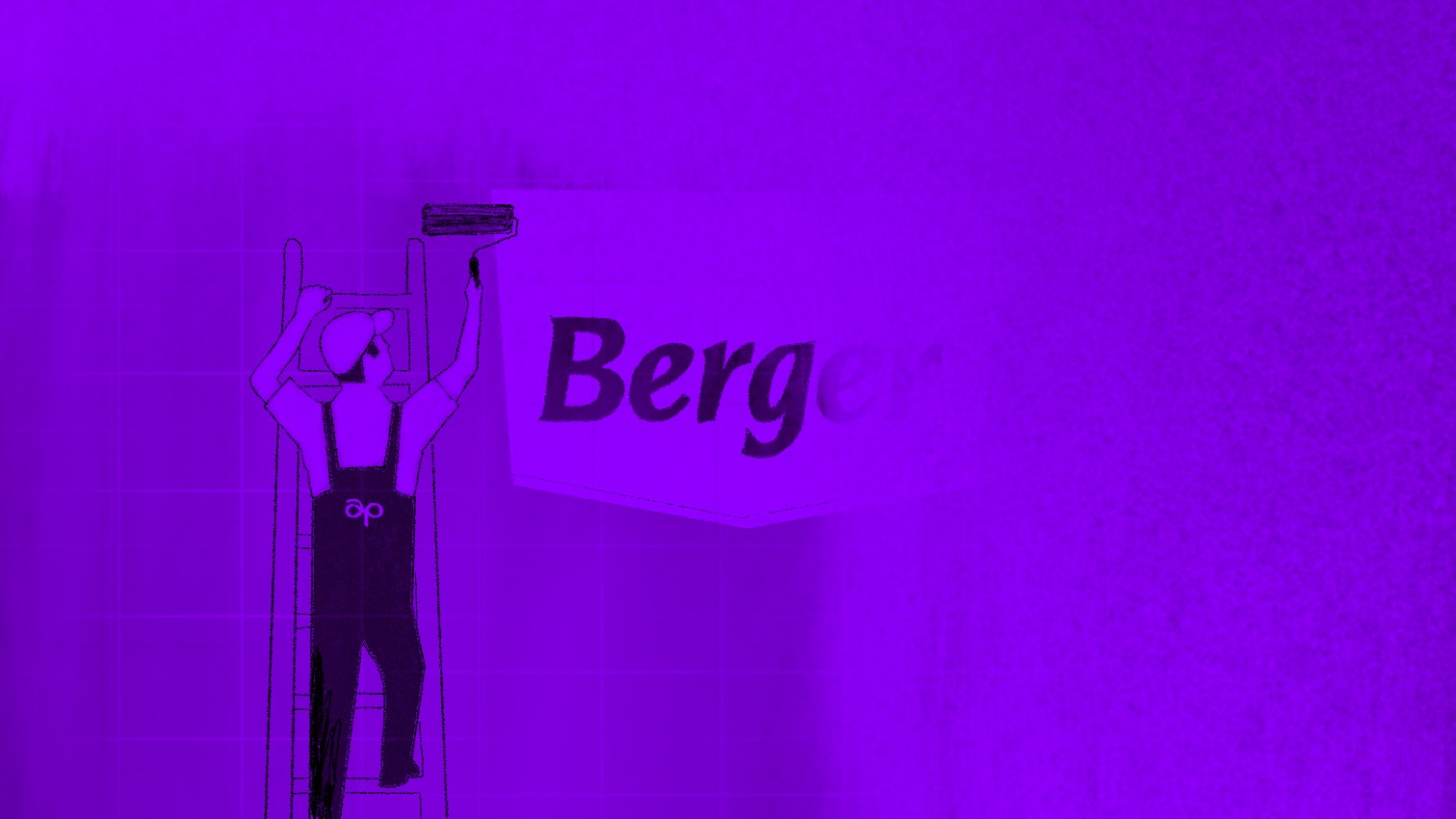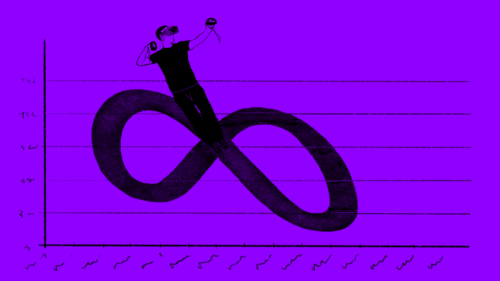“Monopoly is the condition of every successful business” — Peter Thiel
In essence, Peter Thiel says that if you want to buildd a successful business, you need to solve a unique problem and aim to create a monopoly.
Now, when you think of monopoly businesses, Asian Paints will be one of the first names to cross your mind. After all, it has managed to stay the market leader for a whopping 55 years and by a huge margin!
Berger Paints, the 2nd largest paint company in India after Asian Paints, earned ~INR 7800 crores in revenue in FY 21-22, and a profit of ~INR 750 crores[1]. During the same period, Asian Paints earned ~INR 25,000 crores in revenue (>3x), and a profit of ~INR 3200 crores (>4x)![2]
So what exactly goes into the making of such a huge monopoly business, and what are the secrets to Asian Paints staying at the top for so long?
Let’s deconstruct the monopoly of Asian Paints and dig deep into the making of a truly successful business.
Firstly, a bit of history about Asian Paints
The history of Asian Paints goes back to the second world war. During that period, there was a temporary ban on the import of paints in India.
So, four friends started their own paints company in 1942, and in 25 years, Asian Paints became the largest paint company in India.[3]
Interestingly, Asian Paints only had 2% profits before taxes on a revenue of INR 23 crores in 1952. So, a modest INR 46 lakhs profit in their pockets. From there, Asian Paints has scaled to a revenue of ~INR 25,000 crores now, with a profit (before taxes) of INR ~4200 crores!
So, what is Asian Paints’ secret to success?
Asian Paints has a strong line of products. Of course, you can’t be a monopoly for 50+ years with mediocre products.
But its closest competitors, Berger Paints & Nerolac, also bring in the same innovation & quality in their products. So clearly, product is not the differentiating factor here.
What sets apart Asian Paints is the innovation it brings in inventory management and supply chain.
Wait, these are possibly just a bunch of jargon. So let me explain each of these aspects in detail.
Inventory management: Selling paint as quickly as they can!
Firstly, let’s break down what we mean by inventory management.
For any company involved in manufacturing, excess inventory can be a headache. Storing stock requires warehouse space and extra people. Moreover, the excess stock simply sits idle and does not bring in any revenue.
So you’d want to sell off all your inventory as quickly as you can. Typically, you measure this through a ratio called “Inventory turnover ratio”. The inventory turnover ratio is simply the number of times you can sell off the inventory in a year.
Let’s understand how this ratio works with a simple example.
- Suppose company X produces 1200 pieces of pens in a year.
- On 1st January, it produced 200 pens and started selling them.
- In 60 days, it sold off the batch completely.
- By then, another batch of 200 pens was available for sales. It again sold off the batch in the next 60 days.
- The cycle repeated 4 more times, till it was the end of the year and 1200 pens were sold.
In other words, the inventory of company X was sold off completely every 60 days or 6 times in a year. So, the inventory turnover ratio of company X is 6.
Now, a higher inventory turnover ratio implies that you can sell off your inventory quickly and it’s a good measure of how streamlined your company’s operation is.
Inventory turnover ratio: Asian Paints vs Berger Paints
Asian Paints has an inventory turnover ratio of 3.4[4], while Berger Paints has a ratio of 2.58[5]. Now, on the face of it, these numbers may seem very close to each other. But in reality, they cause a huge difference in the revenue generated.
Let’s do some math to figure out the revenue difference!
- Number of days taken to completely sell one batch of paints = Days in a year / Inventory turnover ratio.
For Asian Paints, it is 365 days/3.4 = 107 days
For Berger Paints, it is 365 days/2.58 = 141 days
- Berger Paints has a production capacity of 610,000 KL of paint every year[6]. So, quantity of paint produced & sold by Berger in 1 day = 610,000 KL/365 days = ~1671 KL
- Now, let’s say Asian Paints does everything the same as Berger Paints, except having a better inventory turnover ratio.
So, quantity of paint produced & sold by Asian Paints in 1 day = 1671 KL * (141/107) = ~2202 KL
- Asian Paints is able to sell 2202 KL - 1671 KL = 531 KL of extra paint every day because of a better inventory turnover.
- The average price of 1 KL of paint is ~INR 10 lakhs. So, Asian Paints makes 531 * 10 = 5310 lakhs or 53.1 crore revenue more than Berger Paints.
Let’s say the plant runs for 22 days in a month and 22 * 12 = 264 days in a year.
So, in a year, the better inventory turnover ratio of Asian Paints (3.4 - 2.58 = 0.82) translates to 53.1 * 264 = ~INR 14,000 crore of extra revenue!
Lean supply chain (direct to dealer) = More money for Asian Paints!
Asian Paints has a huge network of 70,000+ dealers across the country, who sell directly to customers. By reducing the number of players in their distribution network, Asian Paints aims to save on the margin and make more money in the process.
But there is a huge risk in this model. The dealers have limited storage space and they cannot stock large quantities of products on their premises. Chances are that they will not be able to cater to customers properly.
So, Asian Paints uses a unique method to mitigate this risk.
They restock each dealer 3-4 times every day. So, the dealers don’t have to worry about storing paint.
Now that’s easier said than done.
Restocking the huge number of dealers, on an average 3 times a day, is a gigantic feat. There are multiple complexities to the task like catering to demand precisely and charting out routes which are most viable.
So, I was curious to know whether it’s even feasible from a cost perspective to consistently restock the dealers and how much extra money they are able to make through this lean supply chain. I did some quick math to find out the numbers.
Cost of delivering 1 tin of paint to a dealer
- Say, a vehicle covers 300 kilometers on average in every trip. The vehicle can travel an average of 17 kilometers with 1 L of fuel (assuming diesel).
So, total fuel needed for 1 trip = 300 / 17 = 17.65 L
- The fuel cost is INR 93.5 per liter.
Total fuel cost for the trip = 17.65 * 93.5 = INR 1650
- Now, each vehicle carries 200 tins on every trip.
So, cost of delivering 1 tin in every trip = INR 1650 / 200 = INR 8.25
- Finally, we assume that ~10% of the cost of running a trip will be miscellaneous charges like driver/helper salary, toll charges etc.
So, the cost of delivering 1 tin of paint to a dealer = INR 8.25 * 1.1 = ~INR 9
The average price of 1 tin of paint (20 L) is INR 20,000. So, the cost of delivering 1 tin of paint to a dealer is just 0.05% (9 / 20,000 * 100) of the tin’s cost.
Clearly, the delivery cost is just a fraction of the cost of the tin.
How much more money does Asian Paints make with a direct-to-dealer model?
In the direct-to-dealer model,
- Asian Paints has to share a commission of 5% with dealers
- So, for 1 tin of paint, the cost for Asian Paints is dealer commission + transportation cost = 5% of INR 20,000 + INR 9 = INR 1009
- Margin (post-distributor) for Asian Paints = (20,000 - 1009) / 20,000 * 100 = ~95%
In the traditional distributor-wholesaler model,
- Asian Paints will have to share a commission of ~25% with all the middlemen
- So, for 1 tin of paint, the cost for Asian Paints is commissions + transportation cost = 25% of INR 20,000 + INR 9 = INR 5009
- Margin (post-distributor) for Asian Paints = (20,000 - 5009) / 20,000 * 100 = ~75%
For a revenue of ~INR 25,000 crores, a saving of 20% margin means Asian Paints saves 25,000 * 20% = INR 5000 crores via the direct-to-dealer model!
Closing thoughts
Clearly, Asian Paints has aced inventory management and supply chain, which are the primary reasons for it to stay on top for so long.
Of course, competitors like Berger Paints & Nerolac are catching up fast.
It’ll be interesting to see if Asian Paints is able to retain its crown of glory in the future as well. But for now, there’s no beating this monopoly in the paints industry!
References
[1] — https://economictimes.indiatimes.com/berger-paints-india-ltd/profitandlose/companyid-13971.cms
[2] — https://economictimes.indiatimes.com/asian-paints-ltd/yearly/companyid-14034.cms
[3] — https://en.wikipedia.org/wiki/Asian_Paints
[4] — https://www.asianpaints.com/content/annualreport/annual-report-20-21.html
[5] — https://www.bergerpaints.com/resources/pdf/annual-report/annual-report-20-21.pdf
[6] — https://www.icicidirect.com/mailimages/IDirect_BergerPaints_IC.pdf








